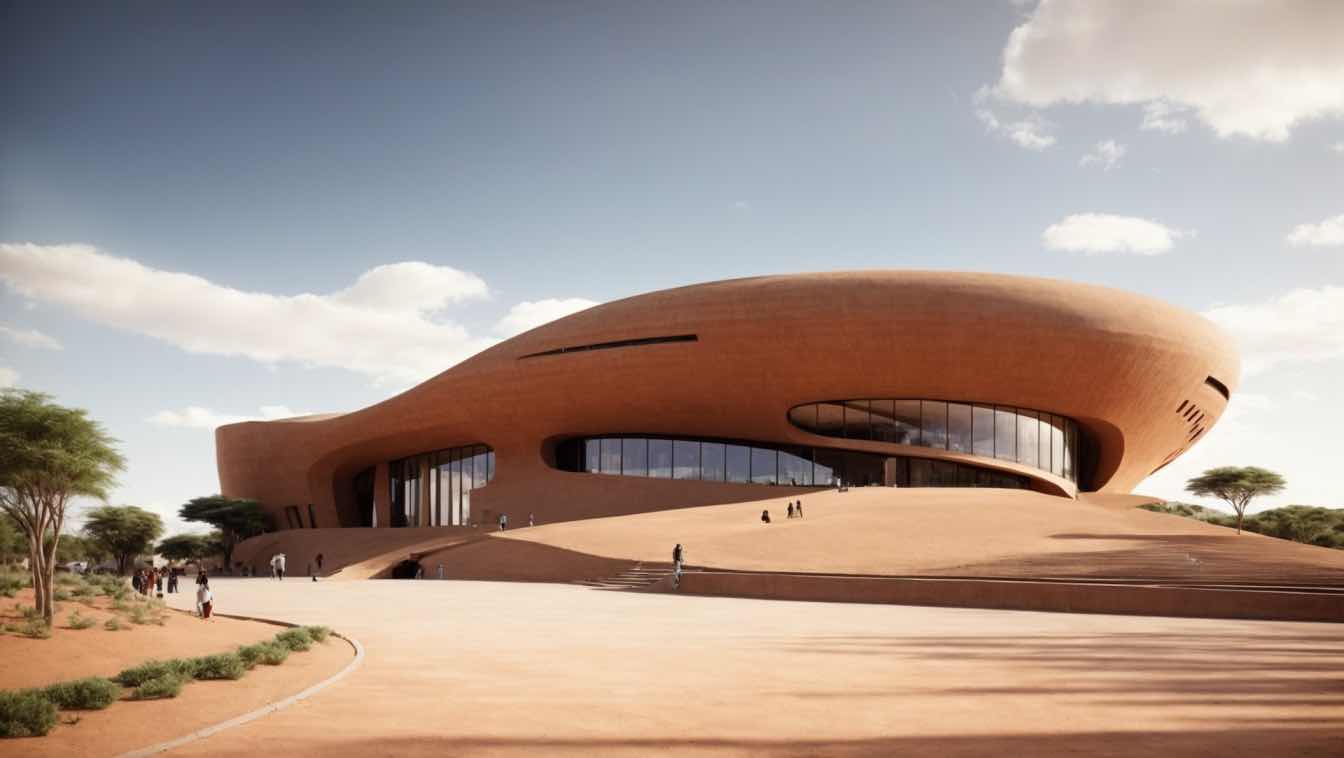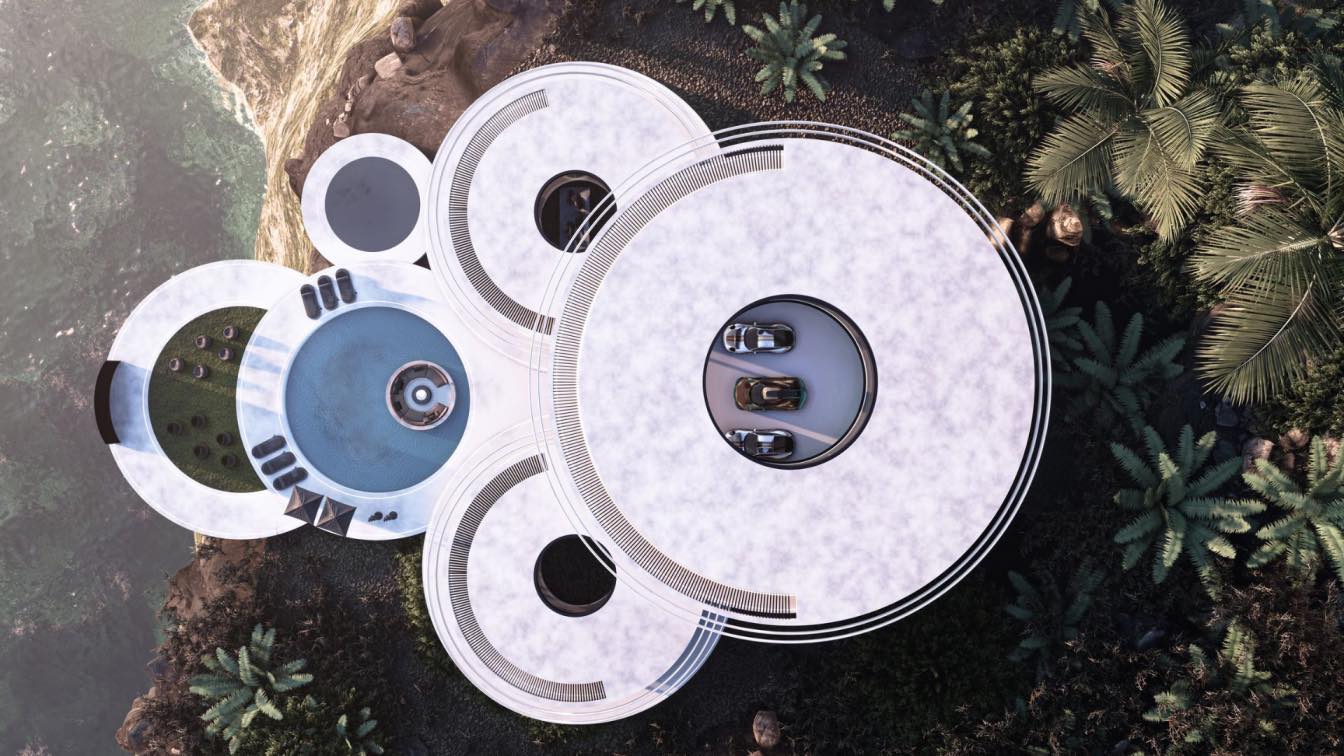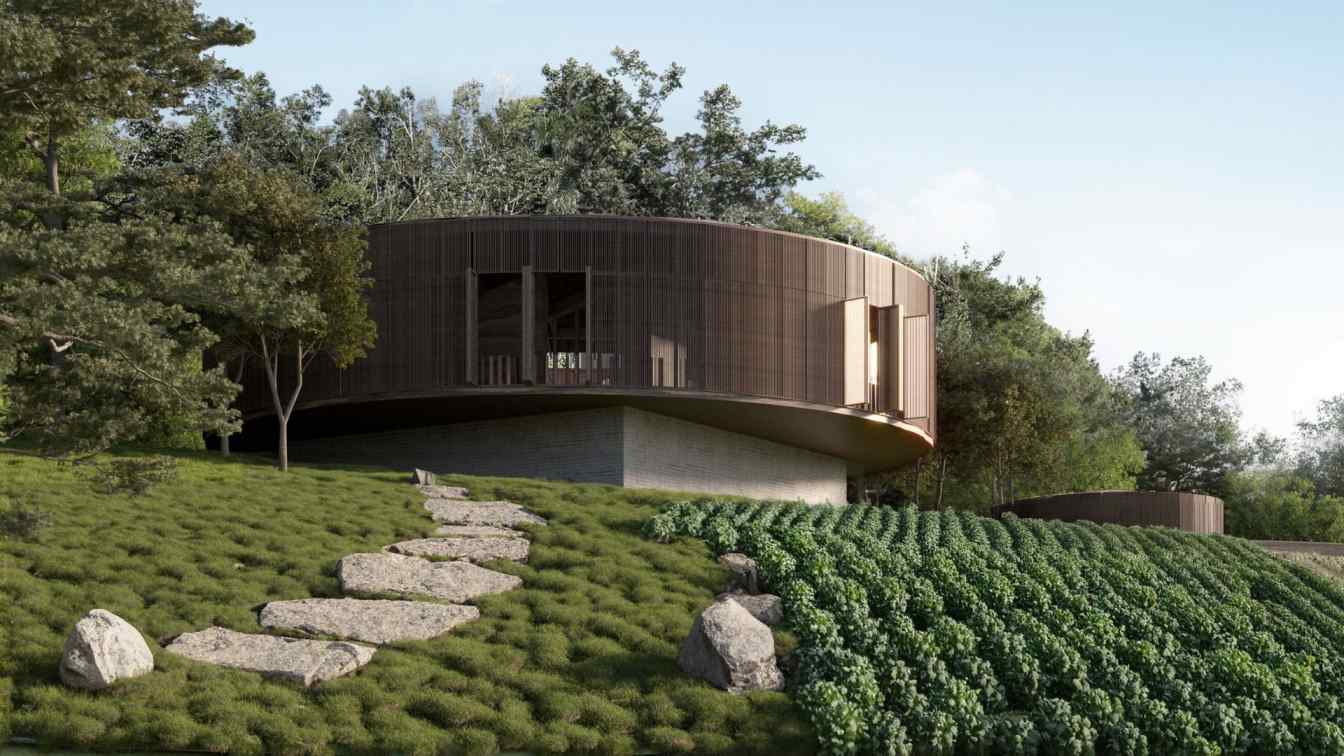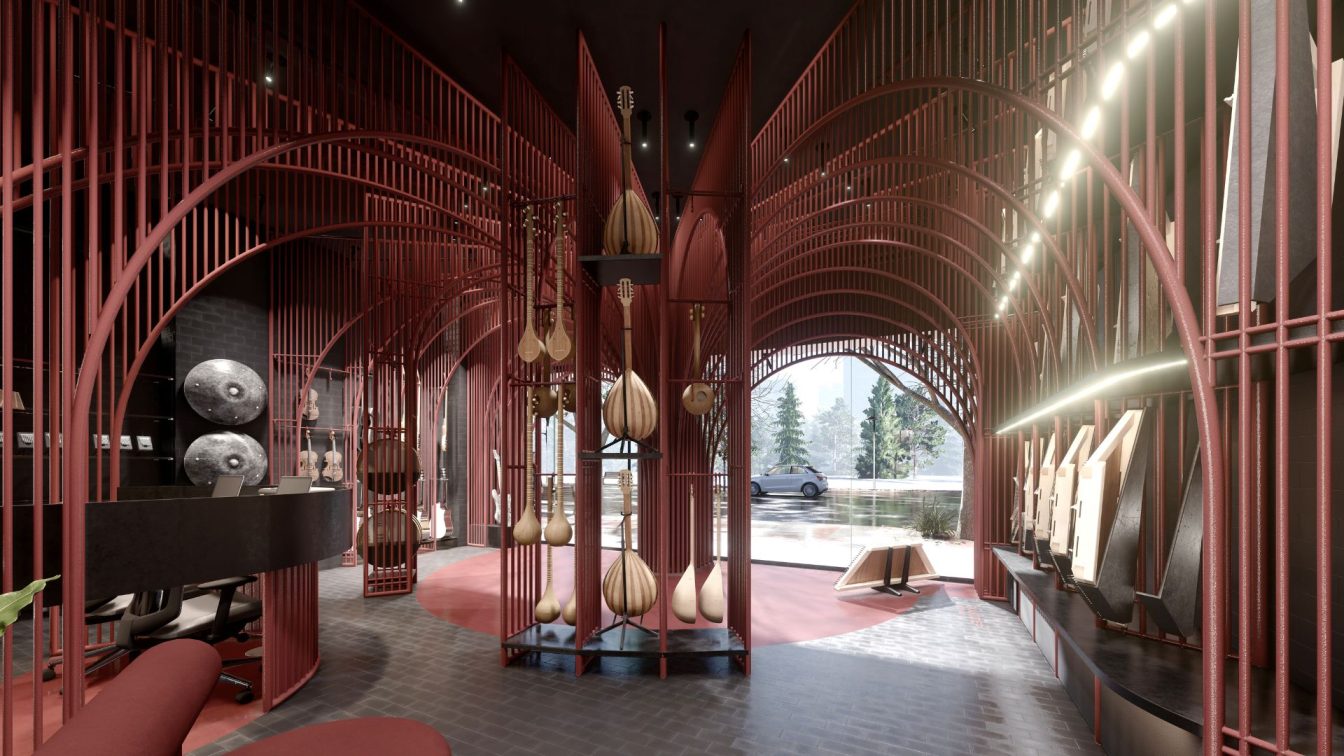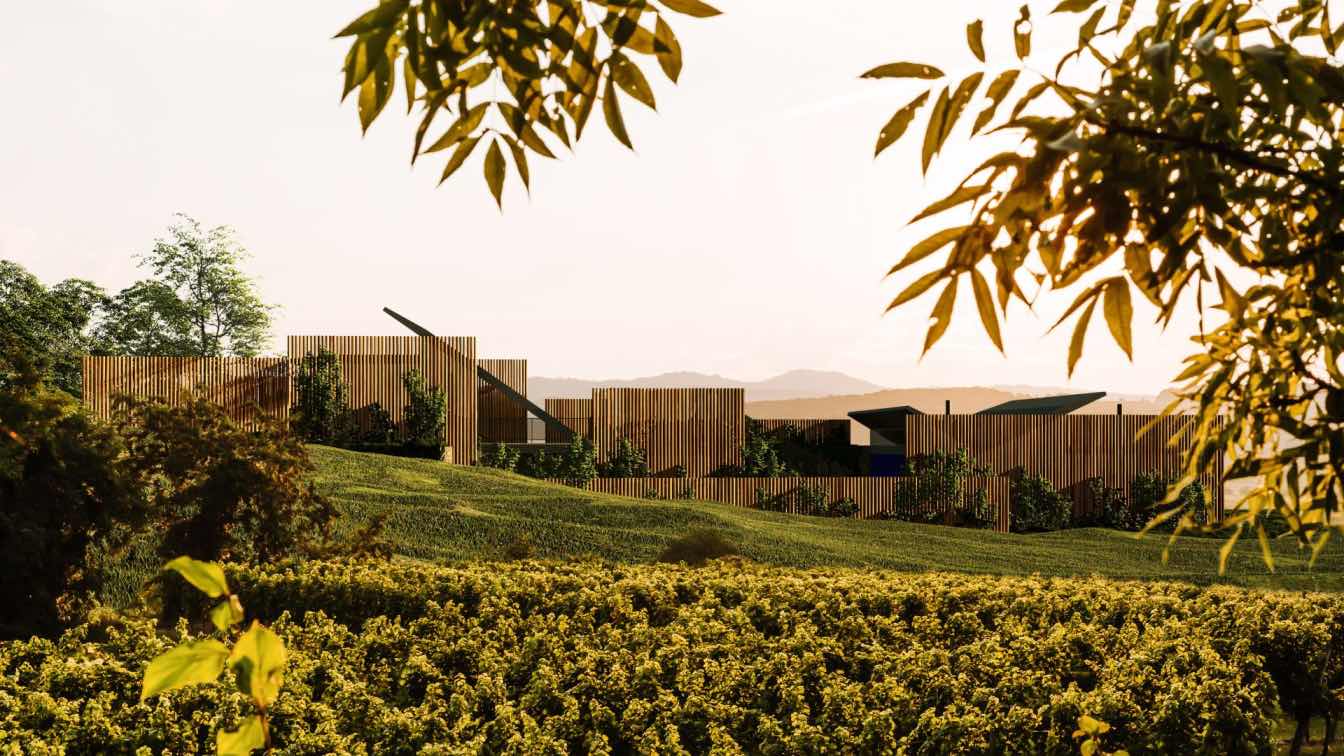Design Intent:
The Moya Institute of Learning is envisioned as a pioneering educational campus that embodies the spirit of cultural heritage, environmental harmony, and innovative design. The intent is to create a space where natural elements and human creativity converge, fostering an inspiring environment for learning and growth. The design is centered around the use of traditional building techniques such as rammed earth and compressed earth, combined with modern architectural principles to create a campus that is both sustainable and contextually resonant.
Concept:
The conceptual foundation for the Moya Institute of Learning is inspired by the profound connection between architecture and the natural environment, particularly in the context of African traditions. The design emphasizes the importance of cultural identity, environmental sustainability, and functional excellence.

1. Cultural and Environmental Integration:
The Moya Institute draws its inspiration from the landscapes and architectural heritage of the region. The buildings feature open roofs that attract natural lighting, creating a dynamic interplay between light and shadow throughout the day. Additionally, open spaces are strategically designed to allow "Umoya" (meaning "wind" or "spirit" in several African languages) to flow freely through the campus, fostering a deep connection between the built environment and the natural world. The use of locally sourced materials like rammed earth and compressed earth not only reflects vernacular construction methods but also enhances the sustainability of the campus.
2. Functional Spaces:
The campus is designed to support a wide range of educational activities, including classrooms, lecture halls, common spaces, and dining areas. Each space is carefully crafted to meet the needs of students and faculty, while promoting a sense of community and collaboration. The interiors are enriched with elements of Modern Vernacular African art and local craftsmanship, infusing the learning environment with cultural significance and aesthetic appeal.
3. Aesthetic Appeal:
The aesthetic approach of the Moya Institute combines the raw, earthy textures of traditional materials with the clean, modern lines of contemporary design. The open roofs and unique ceiling designs not only enhance the building's visual impact but also create an environment that is naturally lit and ventilated. The dynamic forms of the buildings echo the natural terrain, creating a seamless blend of indoor and outdoor spaces.
4. Technological Integration: While the design is deeply rooted in tradition, it also embraces the possibilities offered by modern technology. The use of AI in the conceptual exploration process allowed for rapid visualization and iteration of ideas, ensuring that the final design aligns with the project’s goals. This approach not only streamlined the design process but also provided new avenues for creative expression.

Note:
It’s important to recognize that these concepts are preliminary, with no post-production adjustments made. Further research and development will be required to assess the feasibility and buildability of the design.
Conclusion:
The Moya Institute of Learning is a celebration of the intersection between tradition, innovation, and the natural world. By integrating open roofs that harness natural lighting and open spaces that allow "Umoya" to flow through, the design creates a learning environment that is both sustainable and deeply connected to its cultural and environmental context. The Moya Institute exemplifies how architecture can honor heritage while embracing the future.
The name "Moya," meaning "wind" or "spirit," reflects the building's open spaces that invite the natural elements to penetrate and enrich the learning environment, making it a true embodiment of cultural and environmental harmony.









